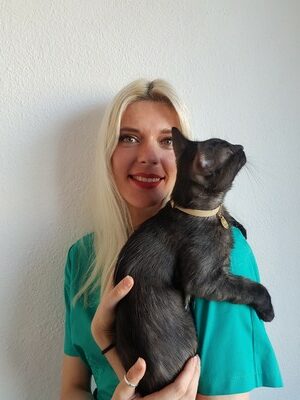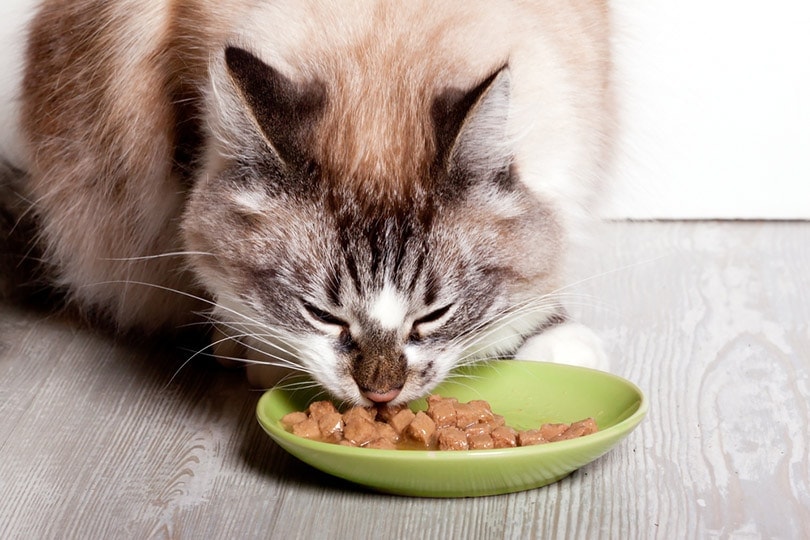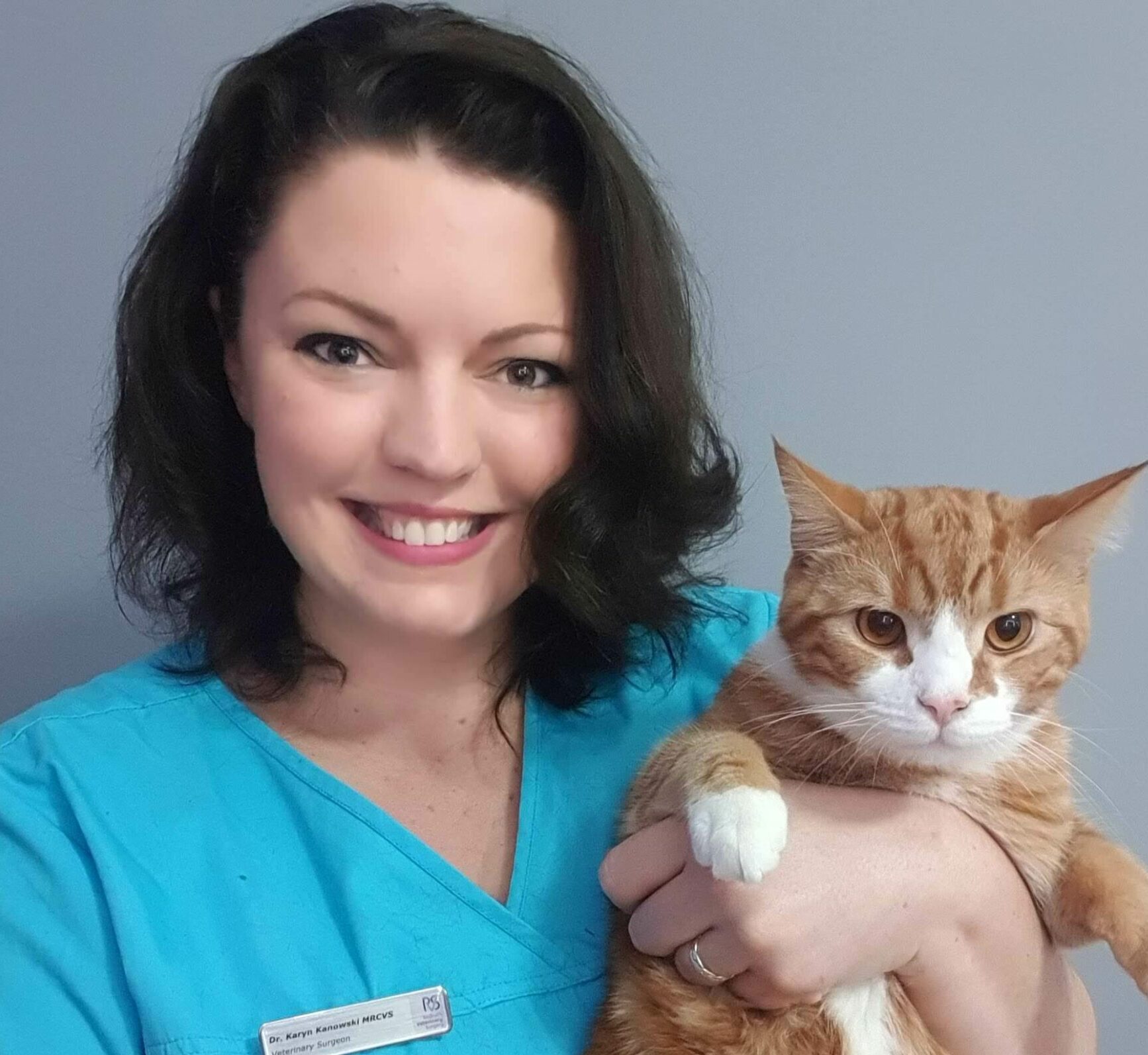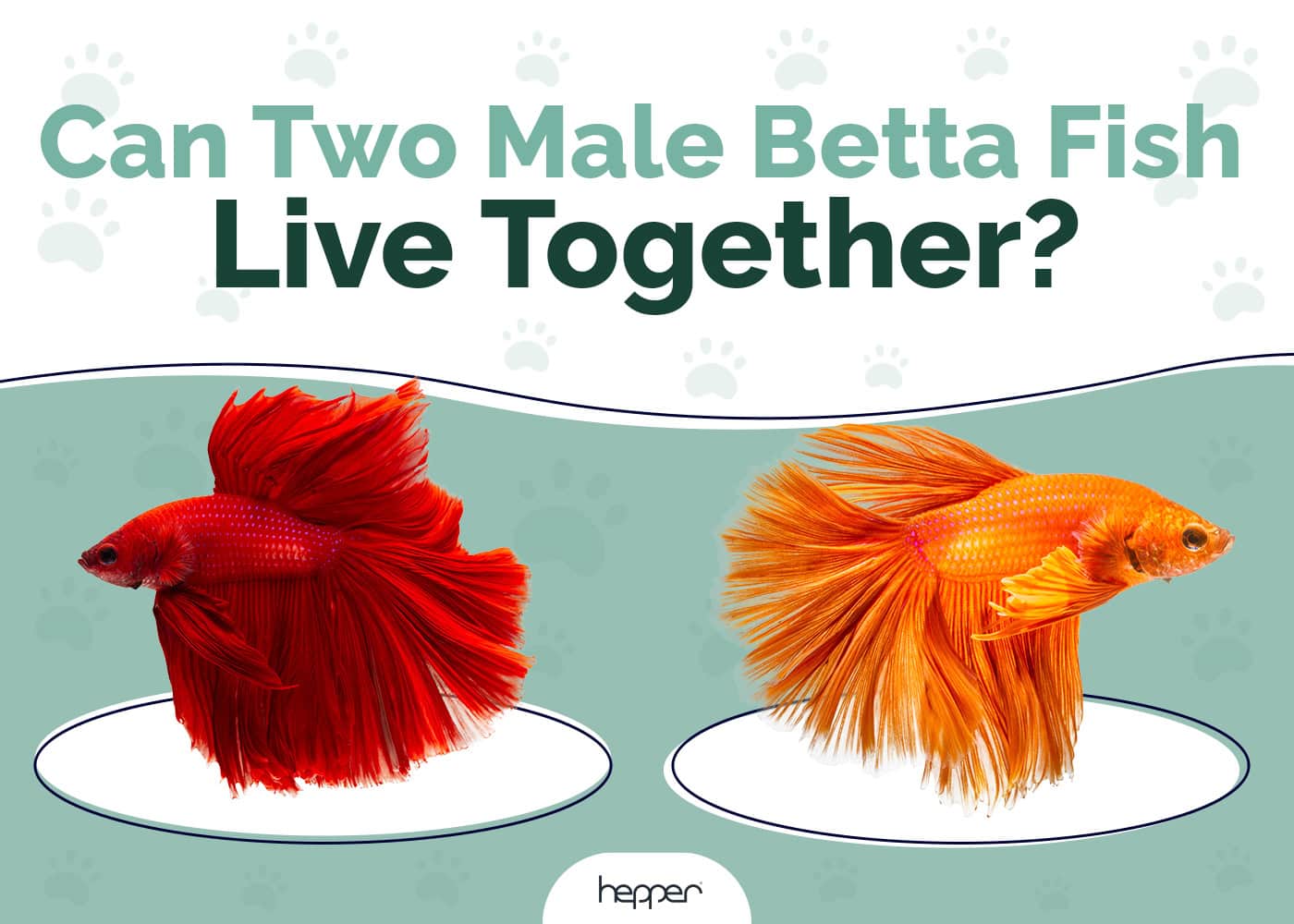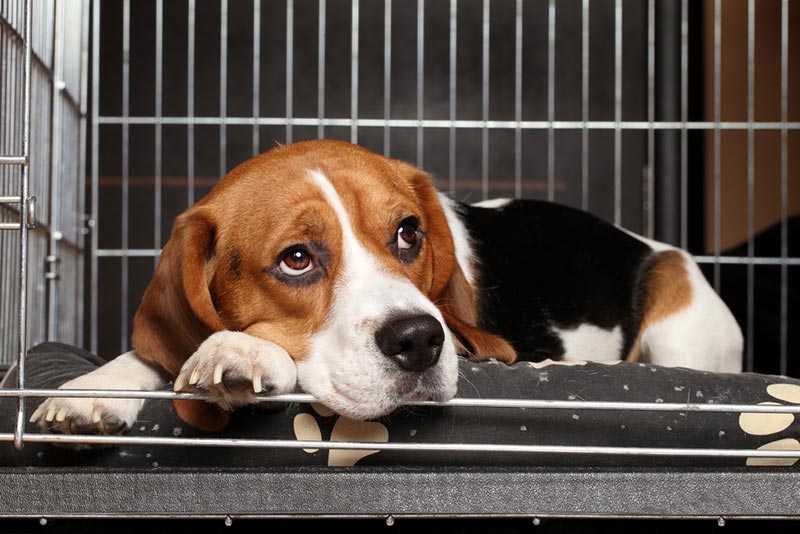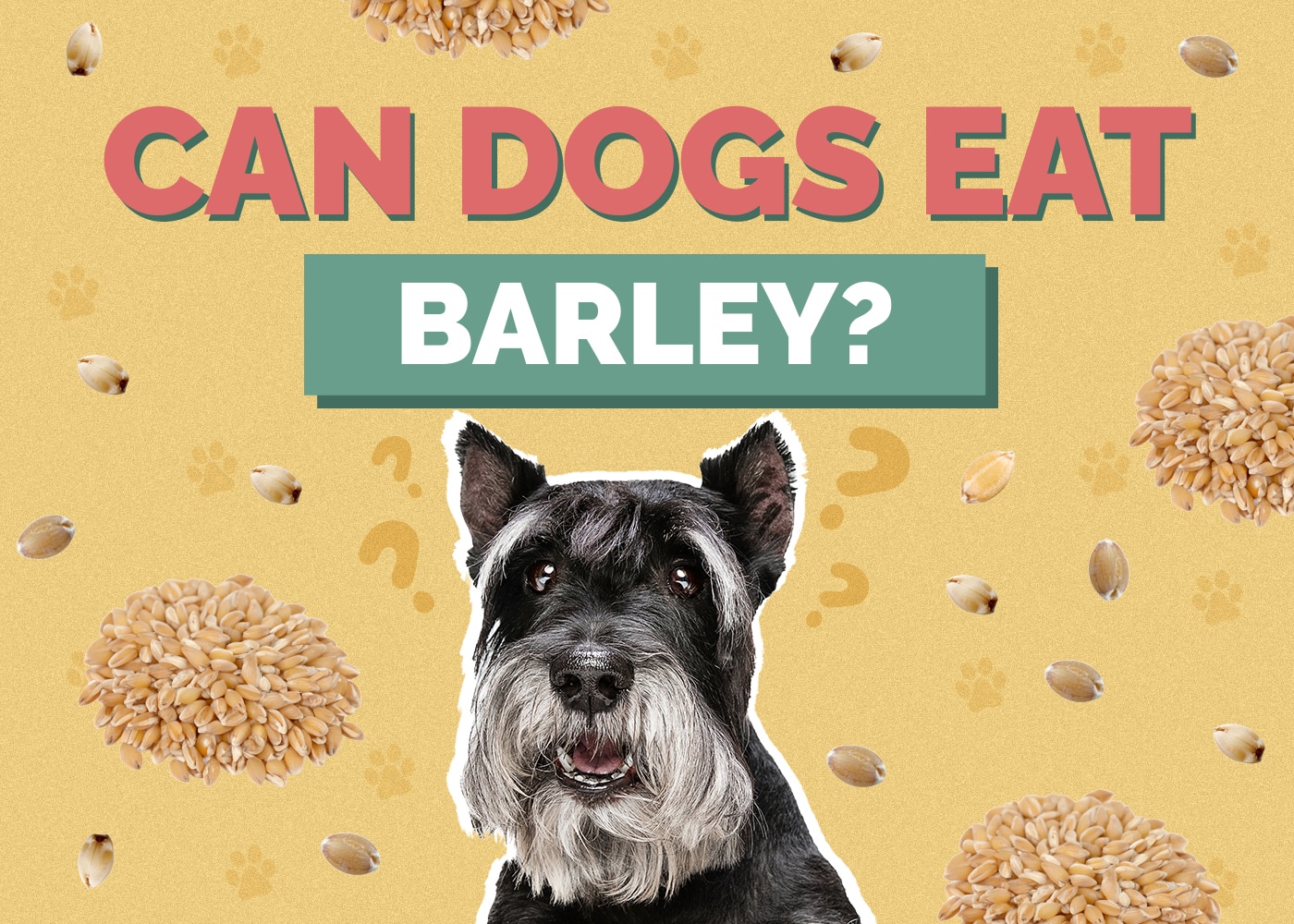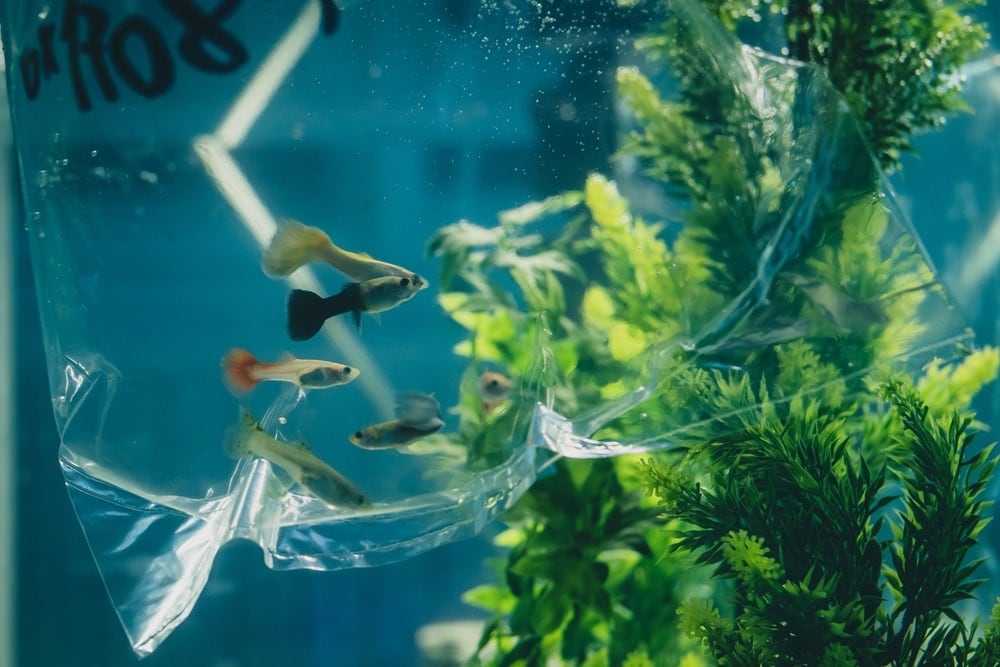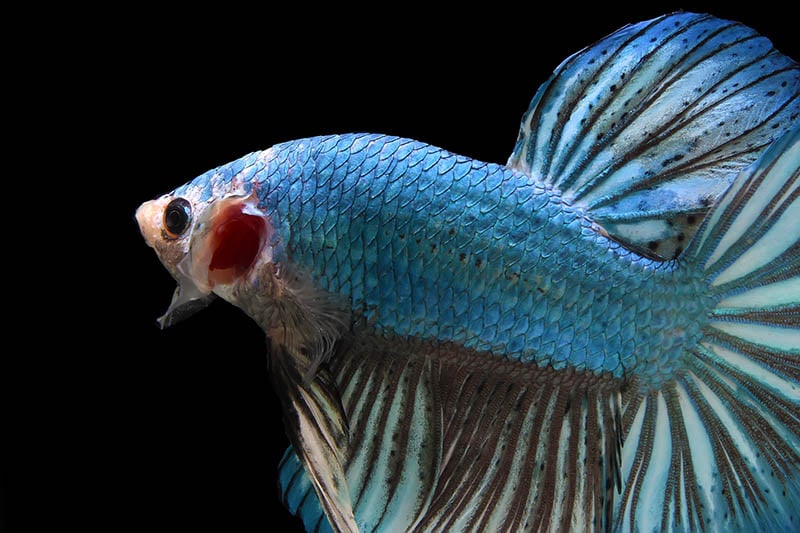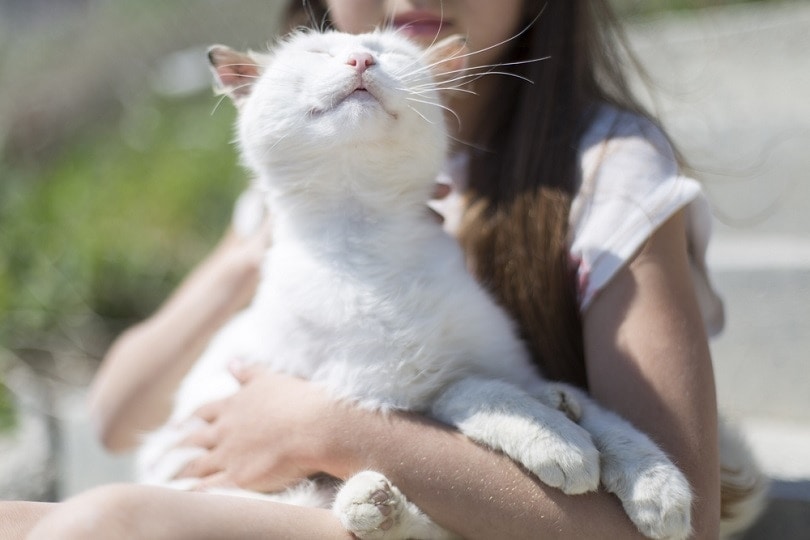My Dog Ate Onions! Our Vet Explains What to Do
By Dr. Kim Podlecki, DVM (Vet)
Updated on

Did you know that onions are on the list of toxic human foods that dogs shouldn’t eat? Many people may allow their dog to lick a pot or pan that they cooked in or share their fast food hamburgers with them. While there may be inherent risks in a lot of foods, onions can cause severe issues for dogs if not treated appropriately. In this article we’ll discuss what to do if your dog ate onions, what to monitor for, and what other foods they shouldn’t eat in addition to onions.
What to Do If Your Dog Ate Onions
1. Immediately Remove the Food, or Stop Feeding It
If your dog got into the garbage, a sauce pan containing onions, or maybe you purposely fed a food not realizing there were onions in it – the first thing you need to do is remove your dog’s access to the food(s). Of course, your dog may be upset as they are likely enjoying their human snacks. But for their own good, immediately take away any further foods with onions in it.
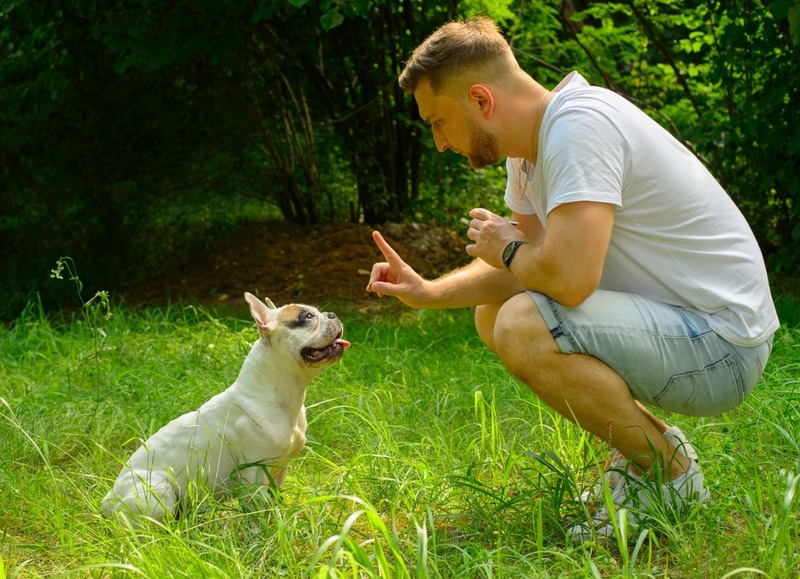
2. Remove Access to These Related Foods & Ingredients as Well
In addition to onions, your dog should also not have access to leeks, chives, scallions, and garlic. Not only can the raw and cooked form be toxic – the dried herb form (e.g. onion powder, garlic powder), vitamins/supplements, and all other spice forms can also be toxic. In other words, if anything your dog ingested has the words onion, garlic, leek, chive, or scallion attached to it, don’t feed it, and stop feeding it if they’ve already had access.
3. Contact Your Veterinarian
Depending on what and how much your dog ingested, and how long ago it occurred, your veterinarian may recommend you bring your dog in to induce vomiting. Most clinics have an injectable medication they can give your dog that will cause them to vomit. To be successful, this typically has to be completed within a few hours of ingestion. If your dog successfully vomits the ingested food, the risk of toxicity would be drastically decreased or even completely removed. Do not induce vomiting at home unless specifically instructed by your veterinarian as there can be more risks than benefits from doing this.
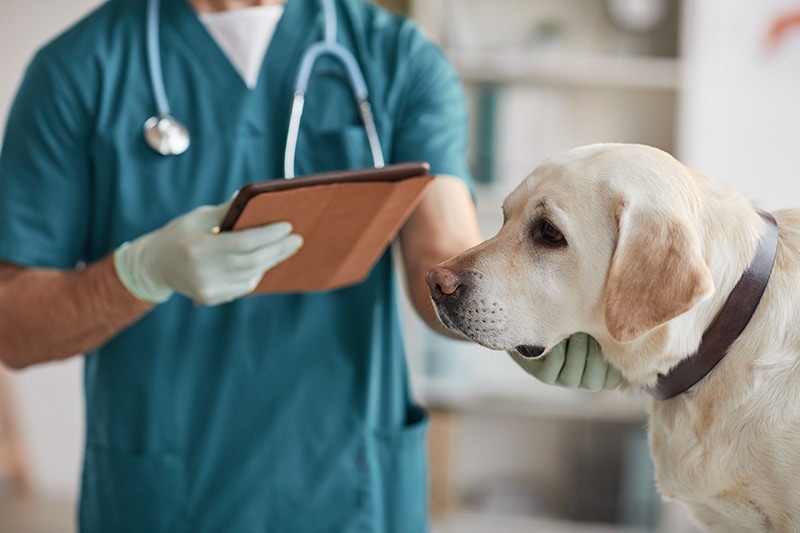
4. Monitor Bloodwork If Recommended
What happens with ingestion of large amounts of onions is red blood cell destruction, resulting in anemia (low red blood cell count). The red blood cells help circulate oxygen to all of your dog’s organs. A low red blood cell count may mean that your dog’s internal organs are not receiving appropriate oxygen and circulation. While toxicity and bloodwork changes may not show up for a few days, your veterinarian may want to do bloodwork the first day to look for what is called the baseline red blood cell count. They can then monitor any changes throughout the week to know if your dog is suffering from onion toxicity and anemia.
5. Monitor Your Dog
While your veterinarian is monitoring bloodwork, you also need to be monitoring your dog at home for any changes that may indicate severe anemia.
- Lethargy
- Weakness
- Vomiting
- Pale gums or mucous membranes
- Collapse
- Increased respiratory rate and/or effort
Even if you are not due back to your veterinarian for a few days, if you notice any of the above signs or you are worried, you should take your dog to a veterinarian to be evaluated and have bloodwork performed.
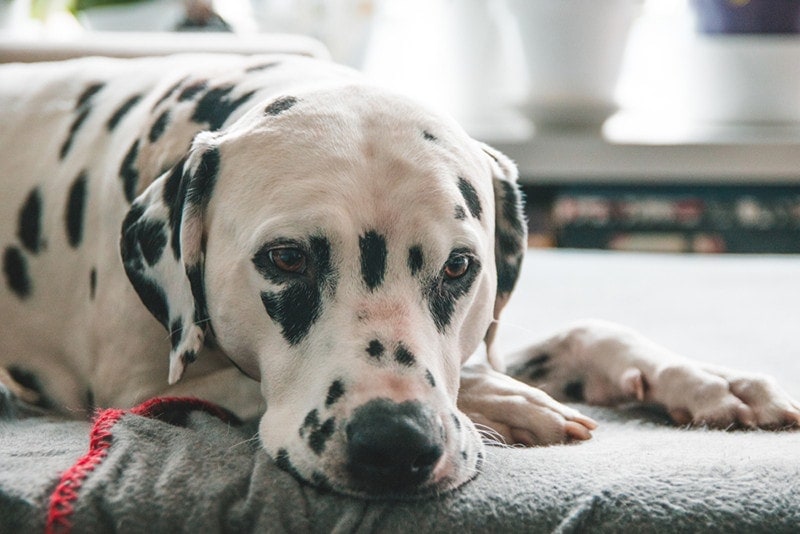
6. Do Not Treat at Home
Never treat your dog at home by trying to feed them iron supplements, vitamins, increase their red meat intake, or other at-home therapies you may read about on the internet. If your dog truly develops anemia, you need to follow your veterinarian’s recommendations only. At-home therapy with charcoal, iron, and supplements may cause further damage to your dog that they may not be able to recover from.
7. Follow Treatment Recommendations from Your Veterinarian
Sometimes anemia is so severe that a blood transfusion must be given. Other times, your veterinarian may just want to monitor your dog and give supportive care such as fluids (to help with circulation) if needed. Many factors go into how to treat a dog with anemia, what to do, and when to do it. Your veterinarian will help guide you through all of the options and treatments they recommend.
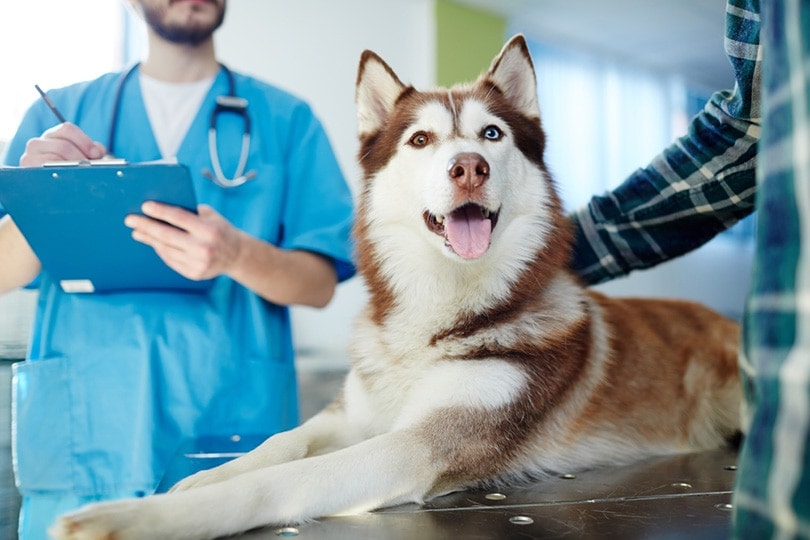
8. Do Not Feed These Ingredients in the Future
The good thing about onion toxicity is that once the food is removed, and your dog stops ingesting it, their body can recover if treated appropriately. However, if your dog continues eating onions, or any of the other listed toxins, then they are consistently putting their body at risk for chronic toxicity. Remove the toxin, follow your veterinarian’s recommendations for treatment, and be diligent to never offer food with these ingredients in the future.
Conclusion
Onions belong to a group of foods also including chives, garlic, scallions, and leeks, that can cause anemia in your dog when ingested. How big your dog is and how much they ingested will determine if they are at risk for developing this toxicity or not. It’s important to know that dried spices, herbs, vitamins, and supplements that contain these ingredients can cause toxicity as much if not more than the raw and cooked forms. If your dog ingested onions, you need to immediately remove their access to this food. You should contact your veterinarian to determine if your dog should be seen to induce vomiting and follow all of your veterinarian’s recommendations for bloodwork monitoring and anemia treatment. At all times, you should monitor your dog for vomiting, lethargy, collapse, difficulty breathing, or pale gums. You should seek immediate veterinary treatment for your dog if any of these things are noticed.
See also:
- Can Dogs Eat Scallions? Is It Healthy or Unsafe?
- Can Dogs Eat French Fries? Are French Fries Safe for Dogs?
- Can Dogs Eat Broccoli?
Featured Image Credit: Bukhta Yurii, Shutterstock




